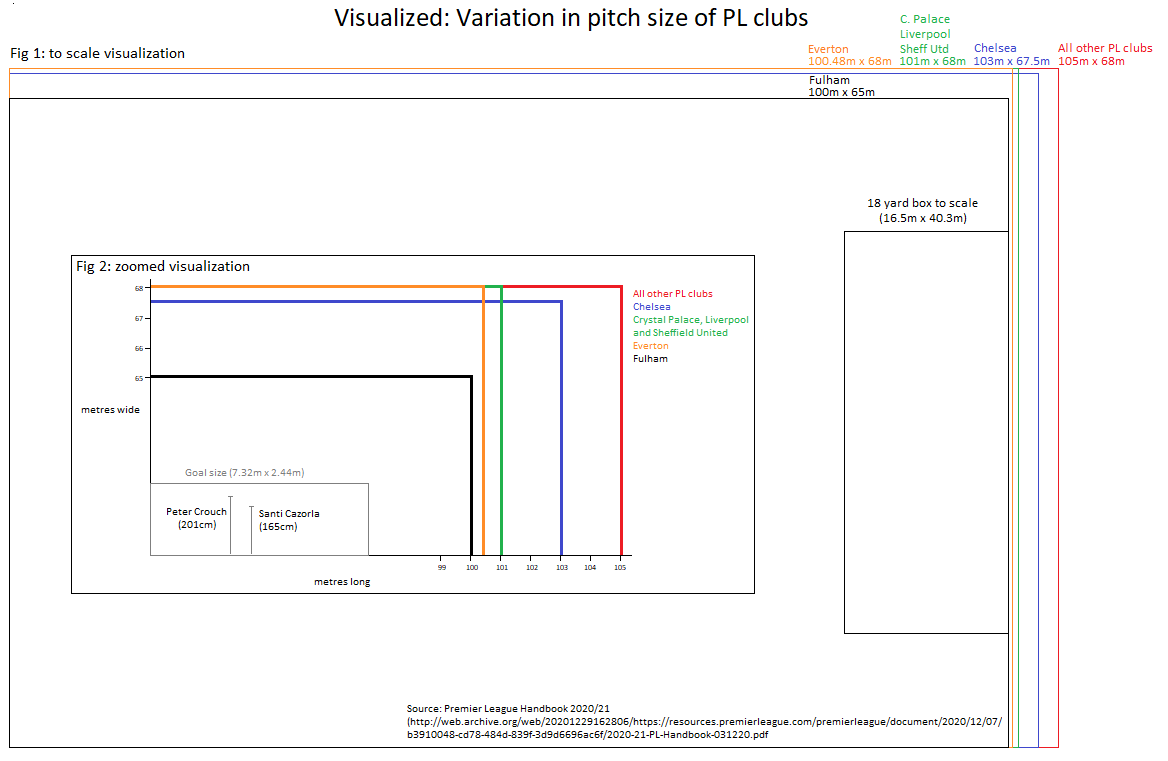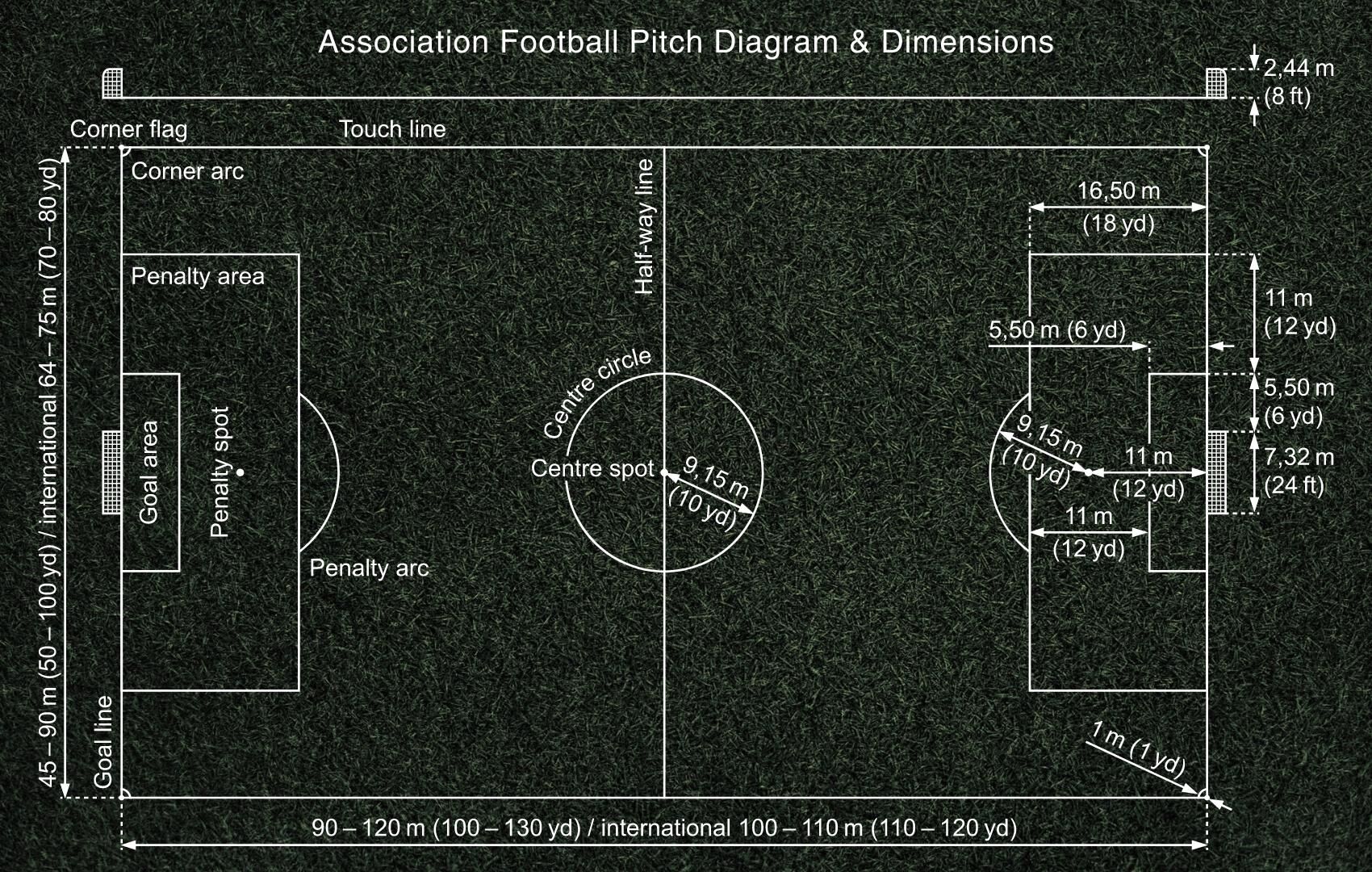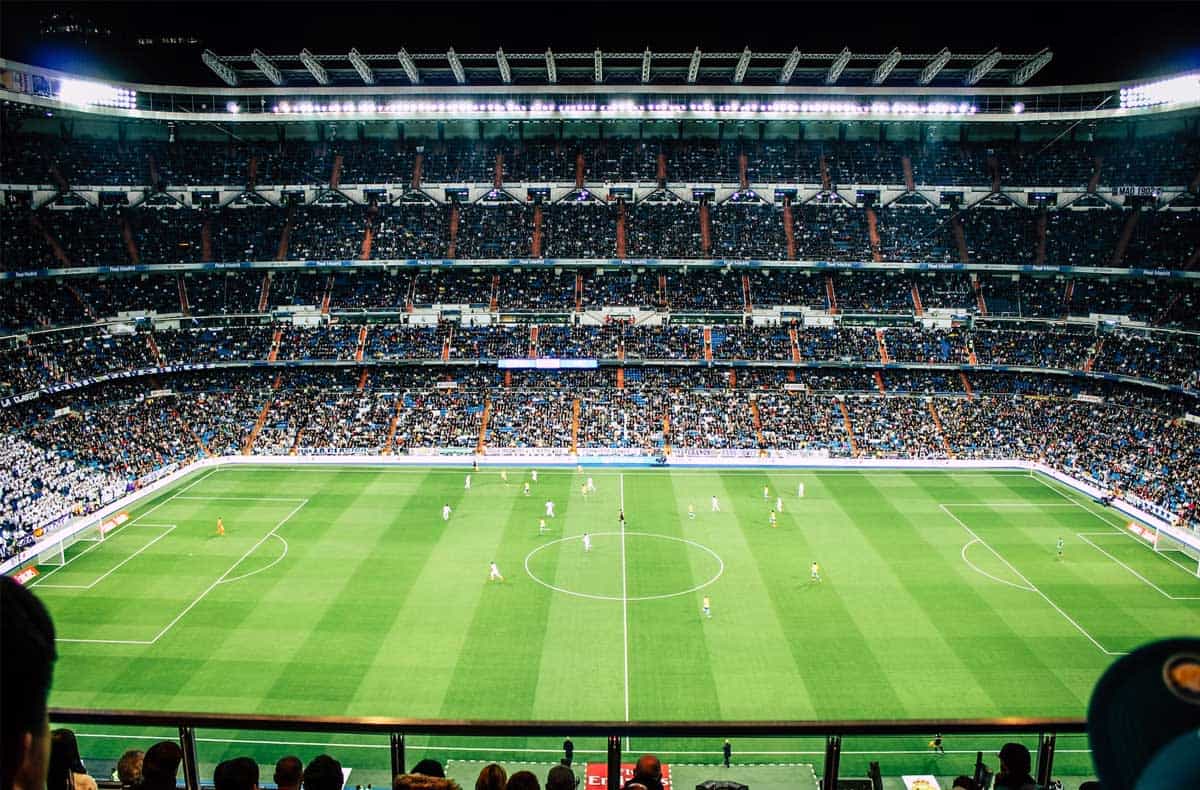So, you ever watch a Premier League game and just assume, like I did for ages, that every pitch is exactly the same? You know, like a tennis court or a swimming pool – perfectly standard, down to the centimetre. Makes sense, right? Top-tier professional sport, you’d think uniformity would be key.

Well, I spent a bit of time looking into this, and it turns out, it’s not quite that simple. Not simple at all, actually.
The Official Rules Bit
First off, the folks who make the big rules for football, they do set out guidelines for pitch dimensions. There’s a minimum and a maximum length, and a minimum and a maximum width. And there’s actually quite a bit of wiggle room in there.
For pitches where international matches are played, the length can be anywhere from 100 metres (that’s about 110 yards) to 110 metres (around 120 yards). The width? That can go from 64 metres (roughly 70 yards) up to 75 metres (about 80 yards).
Now, for domestic games, like in the Premier League, the rules are often interpreted or even slightly tweaked by the league itself. Generally, the Premier League encourages a fairly consistent size, and you’ll find many clubs play on pitches that are very similar. A lot of them hover around the 105 metres long by 68 metres wide mark. That seems to be a popular size.
But here’s the kicker: not all of them are identical. Some grounds, especially older ones, might have slightly different dimensions because of how they were built, the space available, that sort of thing. So, while you won’t see one team playing on a five-a-side pitch and another on something massive, those small differences can be there.

My Little Investigation Story
You might be wondering why I’m going on about pitch sizes. It’s not exactly the most thrilling topic, I’ll grant you. But the way I stumbled into this was quite funny, actually, and it really made me dig deeper.
It all started a few months back. I was helping my nephew with a school project. He had to do a presentation on “The Maths in Sports,” and he picked football. Smart kid. Anyway, he asked me, “Uncle, are all the big football pitches the same size for fairness?” And I just said, “Yeah, of course, mate. They have to be.” Simple as that.
Later that evening, I was watching a match, and the commentator said something about a team “making the pitch feel small” with their pressing. And then another comment about a different team “using the full width of this big pitch.” And it just clicked – or rather, un-clicked. My confident answer to my nephew suddenly felt a bit shaky.
So, I thought, I better check this properly. I didn’t want him going into his presentation with duff info from his uncle! I started with a quick search online, just the basic stuff. And straight away, I saw these ranges, these minimums and maximums. My jaw kind of dropped a bit. I’d been so sure!
That got me hooked. It wasn’t just about helping my nephew anymore; I was genuinely curious. I spent a good couple of evenings really trying to understand it. I looked at what the main football rule-makers stipulated. Then I tried to find information specific to the Premier League, to see if they narrowed it down further.

I found lists of stadium dimensions, and sure enough, while many were very close, especially the newer stadiums, there were variations. Some were a metre or two longer, some a tad wider or narrower than others. It wasn’t drastic, but it wasn’t the perfect uniformity I’d imagined.
- I remember looking up Anfield.
- Then Old Trafford.
- Stamford Bridge, the Emirates… I went through a whole bunch of them.
It became a bit of a mini-project. I even started thinking about how those slight differences might affect the game. Does a slightly wider pitch really give wingers more space? Does a slightly shorter pitch help a team that plays a very direct, quick-passing game?
It’s fascinating when you get into it. What seems like a straightforward, fixed thing often has these layers of detail and history behind it. The need for stadiums to fit into city spaces, old stands being a certain distance from the touchline, all sorts of practical reasons why one size doesn’t fit all, even at the top level.
So yeah, that’s my little journey into the world of Premier League pitch sizes. All from a simple question from my nephew. He got an A on his project, by the way. And I learned something new, which is always a good thing!
